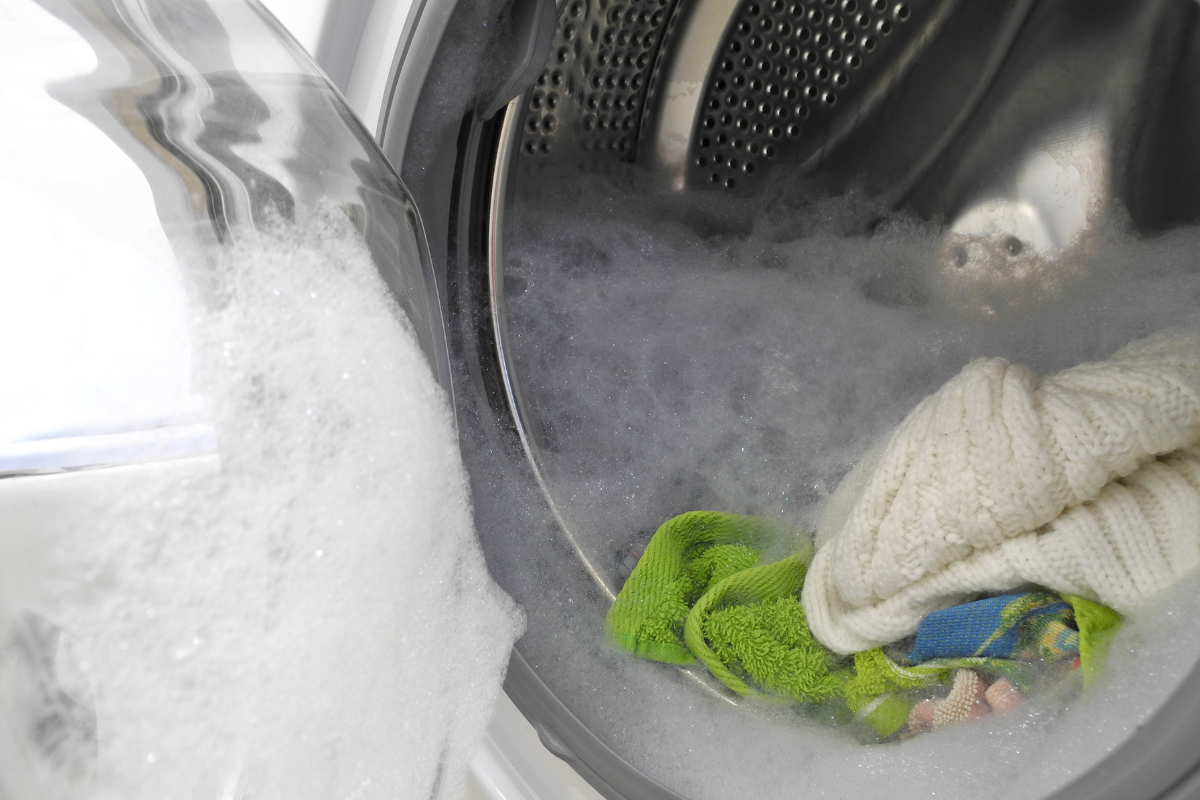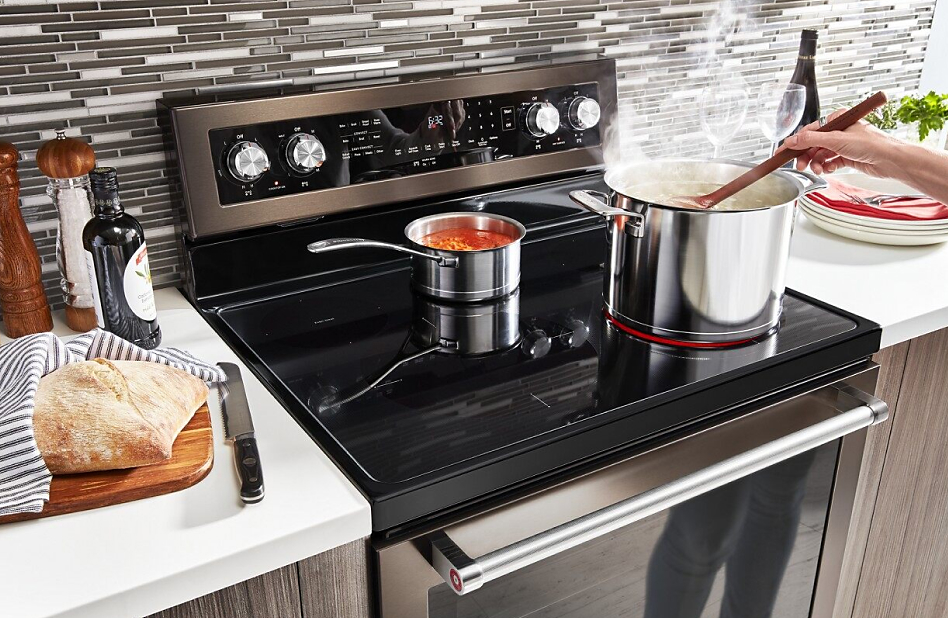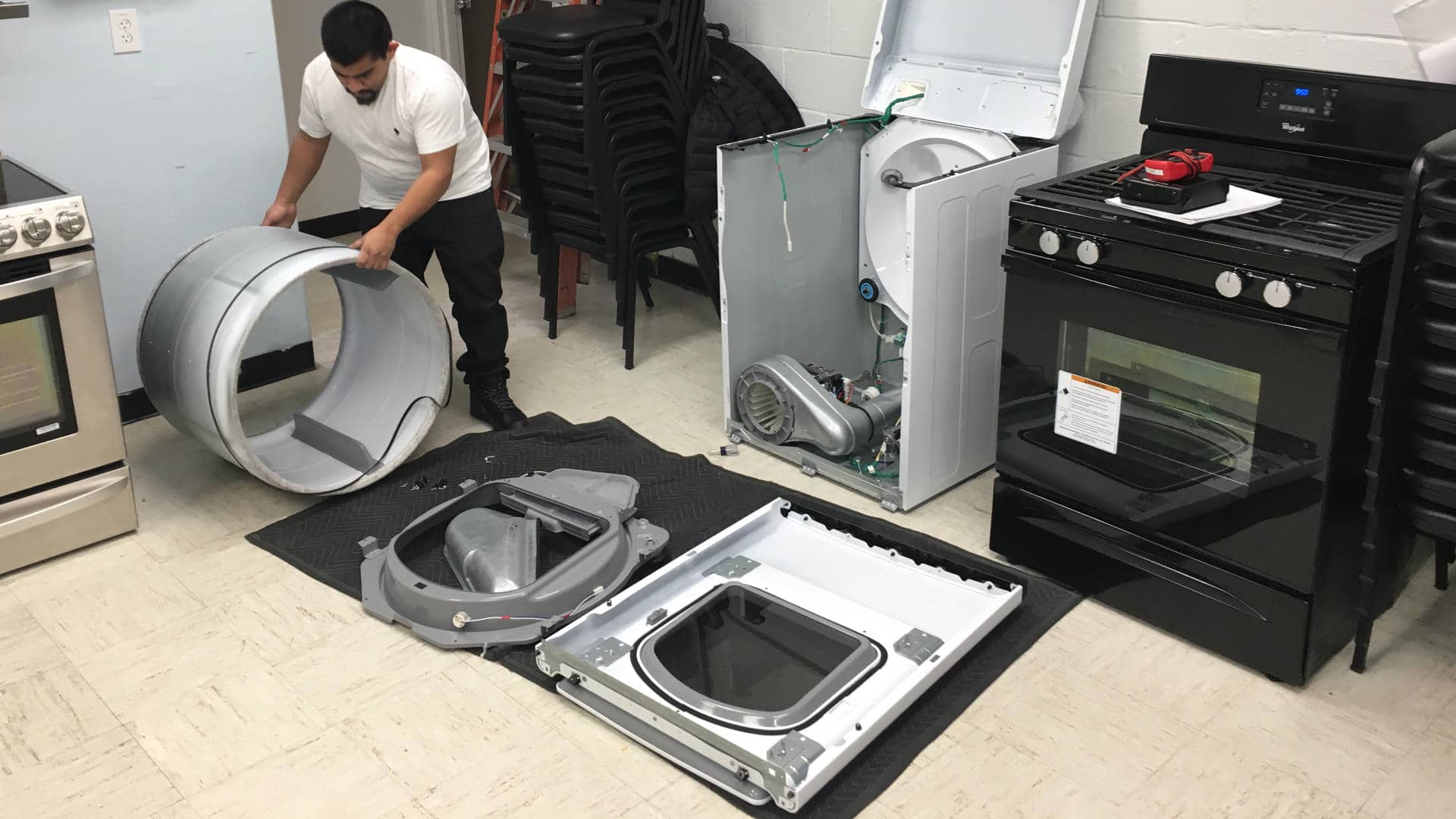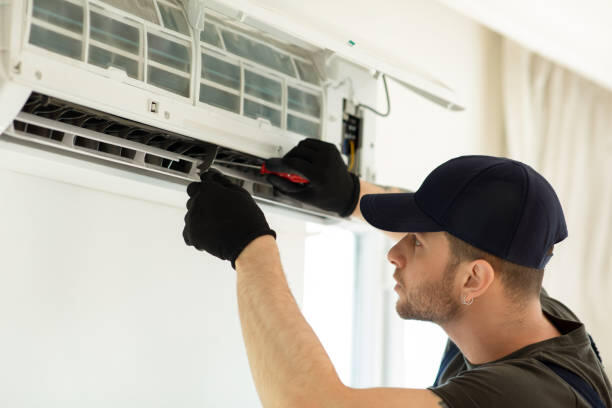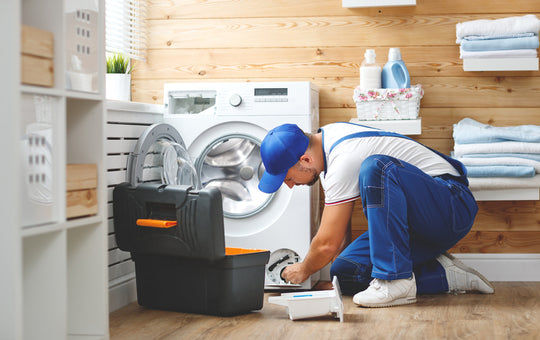The Foam Problem in Your Washing Machine: Causes and Solutions
Experiencing excess foam in your washing machine? Don't worry; you're not alone. Understanding and addressing foaming issues in your washing machine is vital for maintaining effective laundry routines. In this comprehensive blog series, we will explore the common reasons behind this frustrating problem, offering practical solutions to prevent it. We'll cover essential topics, from proper detergent dosage and water hardness to maintaining your machine's cleanliness. By the end of this series, you'll have the knowledge and tools to conquer foaming problems, ensuring your washing machine works at its best while keeping your clothes clean and fresh.
Common Causes of Foaming Issues in Washing Machines
Foaming issues in washing machines can be a frustrating and messy problem, leading to inefficient cleaning and even potential damage to your appliance. Understanding the common causes of foaming can help you tackle this issue effectively.
1. Excessive Detergent Usage:
One of the most frequent causes of foaming in washing machines is the use of too much detergent. Many people assume that adding extra detergent will result in cleaner clothes, but in reality, it leads to excessive suds formation. Follow the manufacturer's recommendations for the appropriate detergent amount based on your load size and water hardness.
2. Wrong Detergent Type:
Using the wrong detergent for your machine can also contribute to foaming problems. High-efficiency (HE) washing machines require HE detergents, which are specially formulated to produce fewer suds. Using regular detergents in HE machines can result in excessive foaming.
3. Hard Water:
Water hardness varies by location, and in areas with hard water, the minerals in the water can react with the detergent, leading to excessive foaming. Consider using a water softener or choosing detergents designed for hard water if this is an issue in your area.
4. Residue Buildup:
Over time, detergent and fabric softener residues can accumulate in your washing machine's drum and hoses. This buildup can interact with new detergents, causing more suds than usual. Regularly clean your machine to prevent this issue.
5. Low Water Usage:
Some modern washing machines are designed to use less water for environmental reasons. While this is great for conserving resources, it can sometimes lead to foaming problems, as there's less water available to dilute the detergent. If you notice foaming in a water-efficient machine, reduce the detergent amount accordingly.
6. Oversized Loads:
Overloading your washing machine with too many clothes can lead to incomplete rinsing, leaving detergent residues on the fabric. These residues can cause foaming during subsequent wash cycles.
7. Agitation Problems:
If your washing machine has mechanical issues, such as a malfunctioning agitator, it might not distribute the detergent evenly, resulting in localized pockets of excessive detergent that lead to foaming.
8. Using Liquid Fabric Softener:
Liquid fabric softeners are thicker than their powdered counterparts and can create more suds. If you're experiencing foaming, consider switching to a powdered fabric softener or using it more sparingly.
9. Soiled Items:
Washing heavily soiled items that require extra detergent can lead to foaming problems. Pre-treat stains and use an appropriate detergent for such loads.
10. Faulty Detergent Dispenser:
If your washing machine's detergent dispenser is not functioning correctly, it may release too much detergent at once, leading to excessive foaming. Check and maintain the dispenser regularly.
Correct Detergent Dosage: The Key to Effective Laundry
Properly adjusting the detergent dosage in your washing machine is a critical step to achieving cleaner and more efficient laundry results. Using the right amount of detergent not only ensures that your clothes come out fresh and spotless but also helps prevent detergent-related issues like excessive foaming or detergent residues on your garments.
Understanding the Importance
Detergent is designed to break down and remove dirt, stains, and odors from your clothing. However, using too much detergent doesn't mean your clothes will be cleaner. In fact, excessive detergent can lead to a range of problems, including soap residues, foaming issues, and extra rinsing cycles, which waste water and energy.
The Right Dosage for Your Machine
Different washing machines have various load capacities and water levels. It's crucial to consult your washing machine's manual to determine the recommended detergent dosage based on the machine's specifications. This ensures that you're using an appropriate amount of detergent for your particular appliance.
Water Hardness Matters
The hardness of your water supply can affect how detergents perform. In areas with hard water, more detergent may be needed to counteract the minerals in the water. Conversely, if you have soft water, you may need less detergent. Consider using detergents designed for your water's hardness.
Proper Measuring Techniques
To get the dosage right, use the provided measuring cup or dispenser that comes with your detergent. Avoid estimating or using kitchen utensils, as these can lead to inaccuracies. Always measure the detergent precisely to ensure that you're using the recommended amount.
Pre-Treat Stains
For heavily soiled items or stained clothes, consider pre-treating the stains instead of adding extra detergent. This targeted approach is more effective in removing stains and prevents the need for excessive detergent usage.
High-Efficiency (HE) Machines
If you own a high-efficiency washing machine (HE), it's essential to use HE detergents specifically designed for these machines. These detergents are formulated to produce fewer suds, as HE machines use less water.
Opt for Concentrated Detergents
Concentrated detergents are more potent and require less product per load. Switching to a concentrated detergent can help reduce the amount of detergent used without compromising cleaning power.
Trial and Error
It may take some experimentation to find the right detergent dosage for your machine and the specific types of loads you frequently run. Start with the manufacturer's recommendations and adjust as needed based on your results.
By adjusting your detergent dosage correctly, you can enjoy cleaner, more efficient laundry while also saving money and reducing your environmental impact. Don't underestimate the power of using the right amount of detergent – it's a small change that can make a big difference in your laundry routine.
Understanding Water Hardness and Detergent Selection
Water hardness, a common water quality factor, plays a significant role in how detergents perform in your washing machine. To ensure effective cleaning and optimal results, it's crucial to understand what water hardness is and how it affects your choice of detergents.
Defining Water Hardness
Water hardness refers to the concentration of minerals, primarily calcium and magnesium ions, in your water supply. These minerals can find their way into your washing machine during the laundry process. Water hardness is typically measured in grains per gallon (GPG) or milligrams per liter (mg/L), and it can vary significantly from one location to another.
How Water Hardness Affects Detergent?
Water hardness can impact your detergent's performance in several ways:
Reduced Detergent Efficiency: In hard water areas, the presence of calcium and magnesium ions can interfere with the detergent's ability to form lather and break down stains effectively. This may lead to the need for more detergent to achieve the same cleaning power.
Soap Scum and Residues: Hard water can cause the formation of soap scum and mineral deposits on your clothing, washing machine, and plumbing fixtures. This not only affects the cleanliness of your laundry but also increases the wear and tear on your machine.
Selecting the Right Detergent
To tackle hard water-related issues effectively, follow these steps:
1. Determine Water Hardness
Start by determining the hardness of your water supply. You can often obtain this information from your local water utility or purchase a water hardness test kit from a home improvement store.
2. Choose a Water Softener
If you discover that you have hard water, consider installing a water softener in your home. Water softeners are appliances that reduce the concentration of calcium and magnesium ions, improving the quality of your water.
3. Use HE Detergents
For washing machines, especially high-efficiency (HE) models, it's essential to choose detergents labeled as suitable for use in these machines. These detergents are designed to work effectively in low-water environments and often have built-in water softeners.
4. Use Hard Water Detergents
Some detergents are specifically formulated for hard water conditions. Look for detergents labeled as "hard water" or "limescale" to ensure they contain ingredients that counteract the effects of hard water.
5. Adjust Detergent Amount
When you have hard water, you may need to use slightly more detergent than the manufacturer's recommendations. Be careful not to overdo it, though, as using excessive detergent can lead to other issues like foaming.
Understanding water hardness and its impact on detergent performance is crucial for achieving clean, fresh laundry. By selecting the appropriate detergent and considering the hardness of your water, you can maintain your washing machine's efficiency, prolong its lifespan, and enjoy laundry that looks and smells its best.
Instances Requiring Professional Assistance
Professional help is essential for complex washing machine issues like electrical problems, mechanical failures, water leaks, unusual noises, and interpreting error codes. When DIY efforts may worsen the situation or when the machine is under warranty, it's wise to consult a trained technician. Regular maintenance checks, even without visible problems, can also be beneficial for long-term reliability. Don't hesitate to contact a professional technician for expert assistance and peace of mind.
